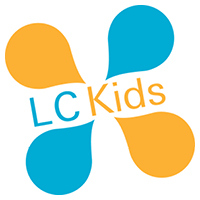Lincoln Center Kids (#LCKids) is an exciting new program at Lincoln Center for the Performing Arts. The goal is to make performing arts accessible to all, including more curated family programing, special events and behind the scened opportunities, for kids and their parents. LC Kids promotes and encourages lifelong enjoyment of and [Read more]
Lincoln Center Kids 0
on 6 Feb, 2019
In Activities, Arts, City, Education, Events, Family, Free, Kids, Living, New York City Theater

The five rules of buying art 0
on 6 Feb, 2019
In Arts

One of the big advantages of being an art critic is that you never have to think about presents. I don’t mean we never give any – art critics may be savage, ruthless and cruel, but we’re not ogres! No. We give presents. But we don’t have to think about [Read more]
